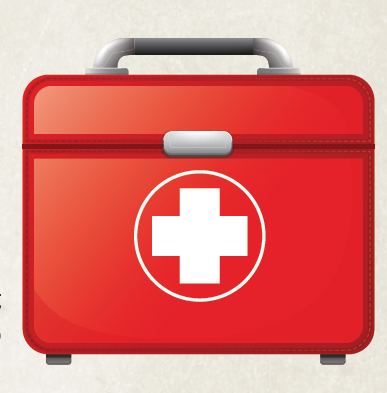IN CASE OF EMERGENCY
Knowing what to do in an emergency might save lives. Emergencies can happen anywhere: at a game, on a city street, in a shop, at home. Do you know how to react in emergencies like chest pain, choking, bleeding, fainting or seizures? Do you know the first steps of first aid? People usually hesitate to get involved in an emergency situation because they don’t know how to help. They are often worried because they don't know what to do in such situations. First of all, call 911. If you think someone is suffering from an emergency situation, call the paramedics to find out what is happening. Many 911 experts are trained to teach people what to do over the phone. You can do what you are told to. It's better than doing nothing. Secondly, keep calm. Try to stay calm and make sure you're not putting yourself or anyone else in danger, then attempt to help.
If someone grabs their chest and says "my chest hurts," you may assume it's a heart attack. In such a situation, dial 911. Next, check if the person is breathing properly and if his/her pulse rate is normal. If he/ she isn’t breathing, the most important thing is to position his/her head with the chin up, get their tongue out of the way so that the airway is open. Then you can start doing chest compressions.
Imagine you're talking at the dinner table, and someone starts coughing. It becomes an emergency when the person isn’t not making any noise and his/her face is getting red. Hitting a choking person on the back can make the situation worse because their food may go back into the windpipe. They need to work it out themselves so leave them alone, until they reach a point where there's no airway noise.
The parts of the body that bleed a lot are the scalp, fingers, and toes. A nosebleed can bleed a lot as well but they won't bleed to death. Nosebleeds, on the other hand, can have a serious cause, like high blood pressure. A cut may be more problematic than the bleeding. Just put direct pressure on the site and hold it tight.

